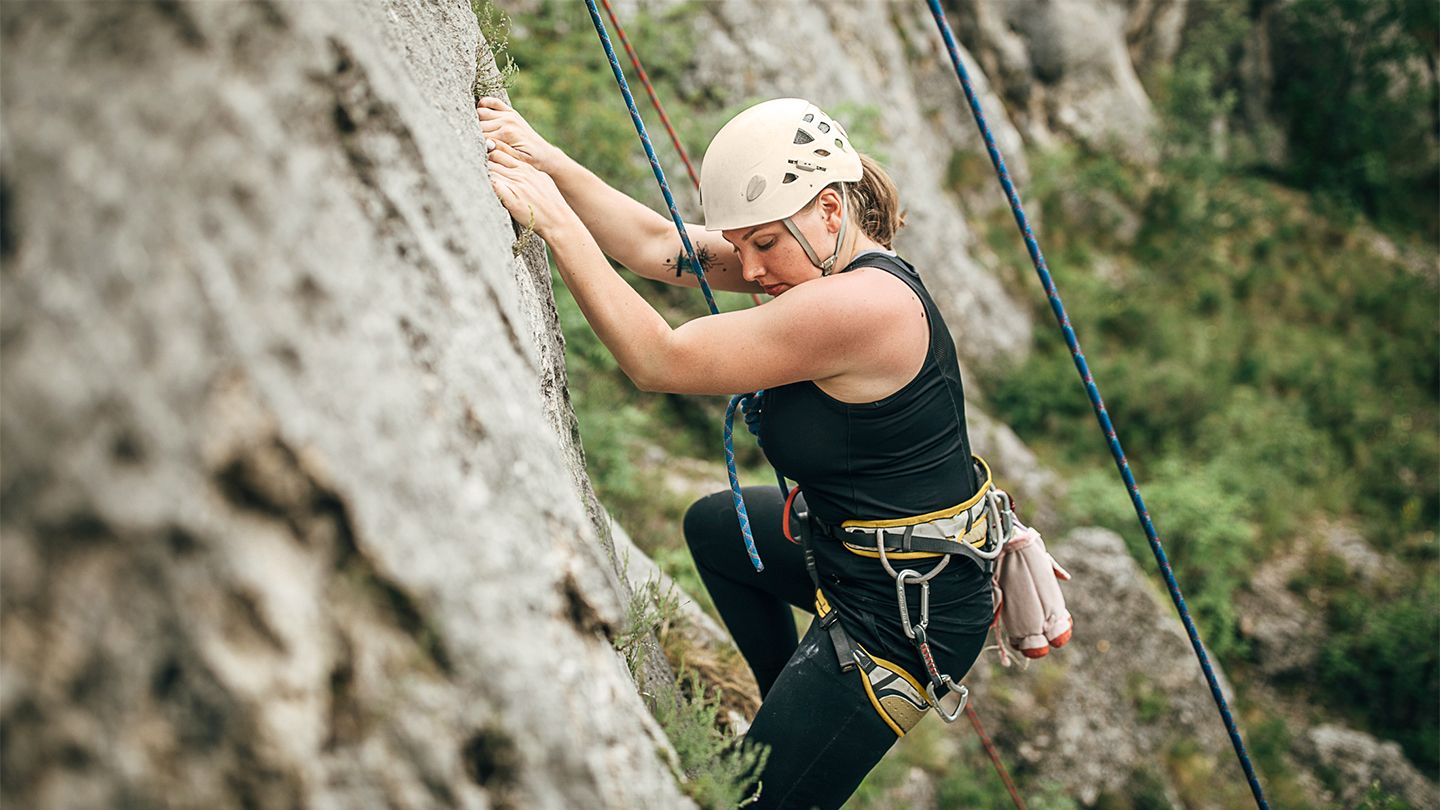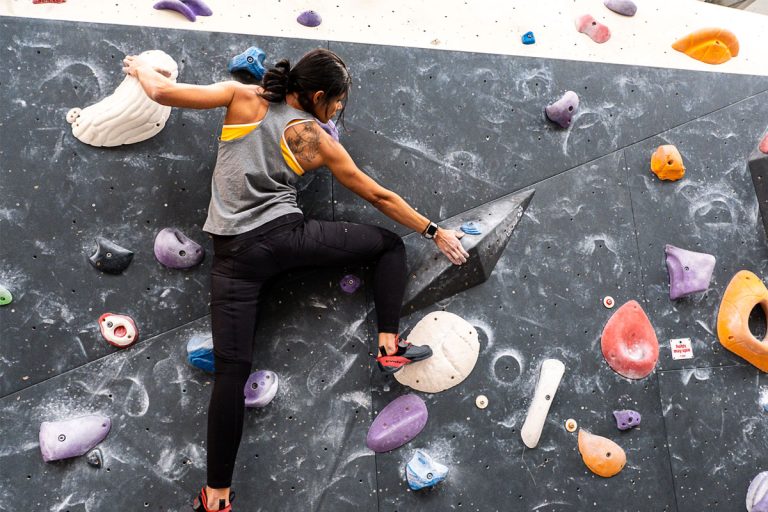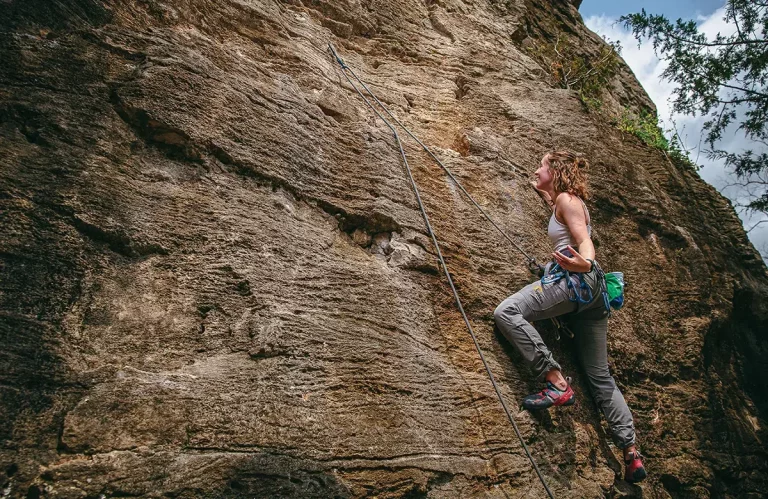Triple Flexion Training for Climbers: Enhancing Performance and Reducing Injury
Climbing is a dynamic and physically demanding sport that requires not only upper body strength but also powerful, coordinated movements involving the entire body. One effective approach to improving climbing performance and reducing the risk of injury is Triple Flexion Training. This training method focuses on the coordinated flexion of the hip, knee, and ankle joints, which is essential for explosive movements and maintaining balance. Here’s a comprehensive guide to Triple Flexion Training for climbers, detailing its benefits and providing practical exercises to incorporate into your routine.
Understanding Triple Flexion in Climbing
What is Triple Flexion?
Triple flexion refers to the simultaneous bending of the hip, knee, and ankle joints. This movement pattern is critical in climbing, particularly for:
- Dynamic Movements: Such as jumping or reaching for holds.
- Powerful Push-Offs: From footholds during ascents.
- Landing Mechanics: During descents or after dynamic moves.
Benefits of Triple Flexion Training
- Improved Power and Explosiveness: Enhances the ability to generate force quickly, crucial for dynamic climbing moves.
- Enhanced Stability and Balance: Strengthens the lower body, aiding in maintaining control and stability on various terrains.
- Reduced Injury Risk: Promotes proper alignment and mechanics, reducing the strain on joints and minimizing the risk of injuries.
Key Exercises for Triple Flexion Training
1. Squats
- Description: Fundamental for building strength in the hip, knee, and ankle joints.
- How to Perform:
- Stand with feet shoulder-width apart.
- Lower your body by bending your hips, knees, and ankles simultaneously.
- Keep your back straight and chest up.
- Push through your heels to return to the starting position.
- Variations:
- Goblet Squats (holding a weight)
- Single-Leg Squats
2. Box Jumps
- Description: Great for developing explosive power and coordination in the lower body.
- How to Perform:
- Stand in front of a sturdy box or platform.
- Lower into a squat position.
- Explode upwards, driving through your hips, knees, and ankles to jump onto the box.
- Land softly, absorbing the impact by bending your knees.
- Step down and repeat.
- Focus: Ensure a soft, controlled landing to prevent injury.
3. Lunges
- Description: Target each leg individually, improving balance and coordination.
- How to Perform:
- Stand with feet together.
- Step forward with one foot, lowering your hips until both knees are bent at 90 degrees.
- Ensure your front knee is directly above your ankle.
- Push through your front heel to return to the starting position.
- Variations:
- Reverse Lunges
- Walking Lunges
4. Step-Ups
- Description: Mimic the climbing movement of stepping up onto a foothold.
- How to Perform:
- Stand in front of a sturdy platform or bench.
- Step up with one foot, pressing through your heel to lift your body onto the platform.
- Bring the other foot up to meet the first.
- Step down and repeat with the opposite leg.
- Focus: Keep movements controlled and engage your core for stability.
5. Calf Raises
- Description: Strengthen the muscles around the ankle, crucial for foot stability and power.
- How to Perform:
- Stand with the balls of your feet on the edge of a step or platform.
- Raise your heels as high as possible, then slowly lower them below the platform level.
- Repeat the movement.
- Variations:
- Single-Leg Calf Raises
- Weighted Calf Raises
Integrating Triple Flexion Training into Your Routine
Frequency and Intensity
- Beginner: Start with 2-3 sessions per week, focusing on form and control.
- Intermediate to Advanced: Incorporate these exercises 3-4 times per week, gradually increasing the intensity and volume.
Warm-Up and Cool-Down
- Warm-Up: Engage in dynamic stretching and light cardio to prepare your muscles and joints.
- Cool-Down: Include static stretching and foam rolling to aid recovery and flexibility.
Conclusion
Triple Flexion Training is an essential component of a climber’s training regimen, offering significant benefits in power, stability, and injury prevention. By incorporating these exercises into your routine, you can enhance your climbing performance and enjoy a safer, more efficient climbing experience.
Commit to regular training, focus on proper form, and gradually increase the intensity to see continuous improvement in your climbing abilities. Embrace the challenge, stay consistent, and let Triple Flexion Training propel you to new heights in your climbing journey.
Happy climbing!



